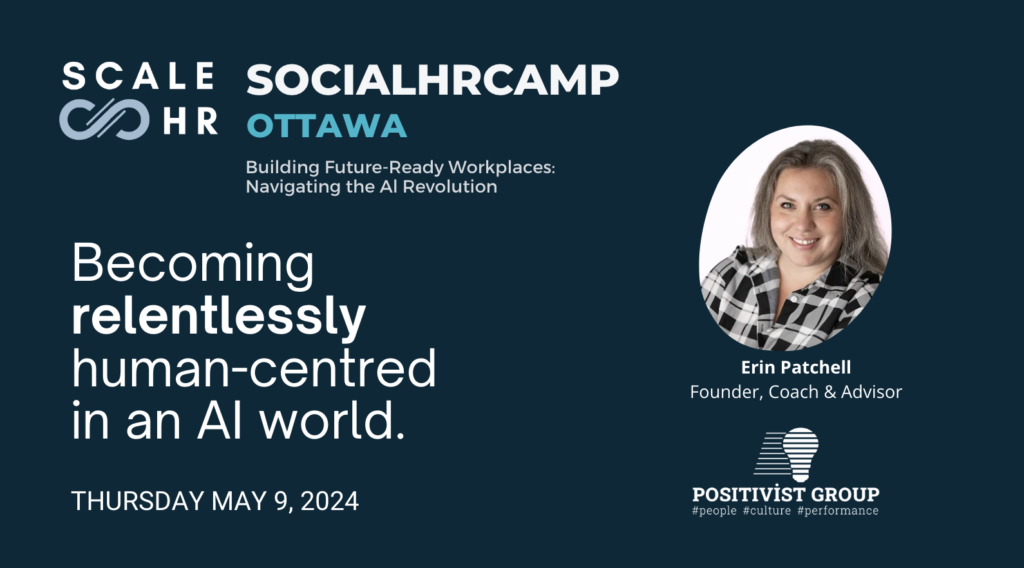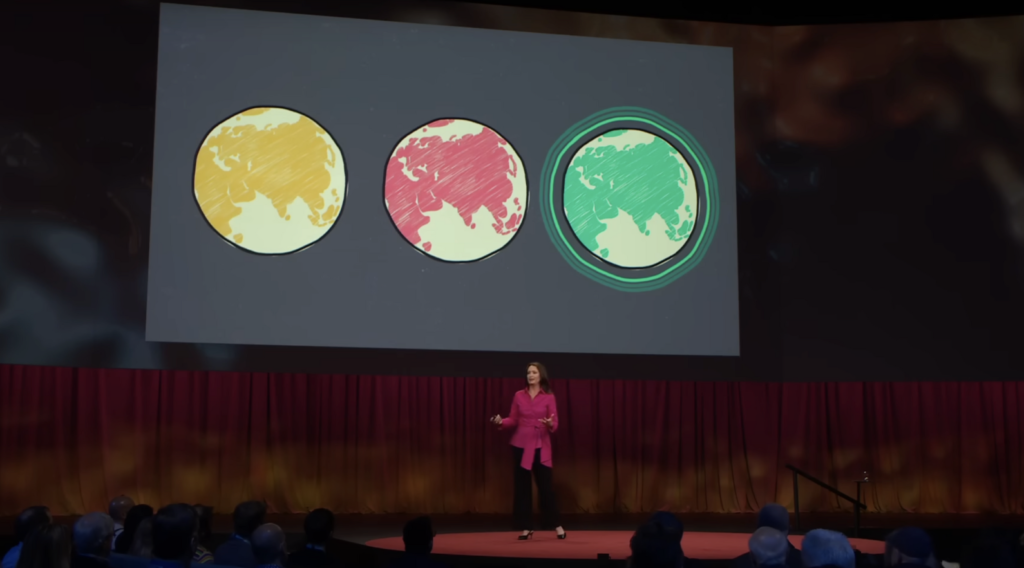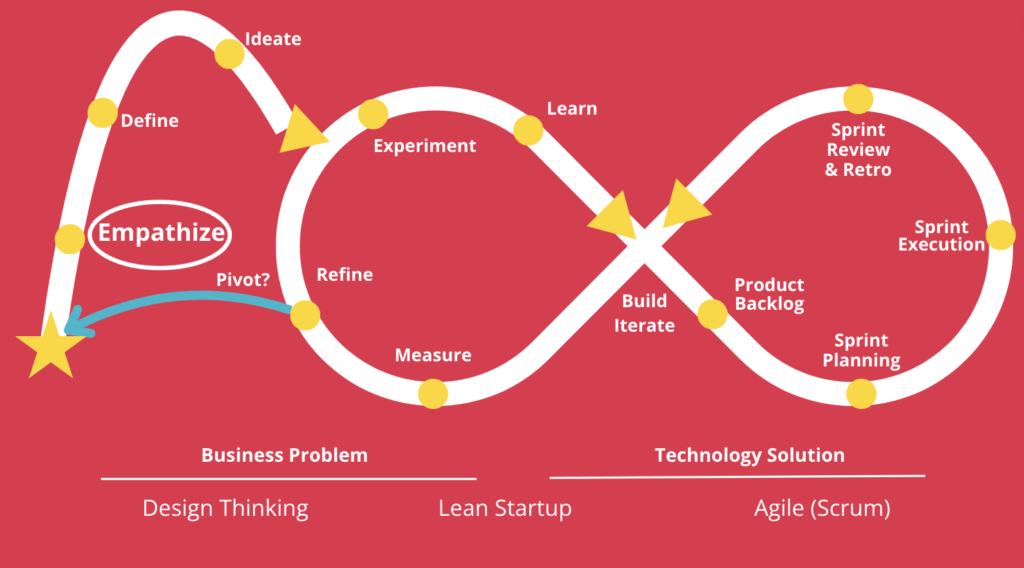As we stand at the beginning of the fourth industrial revolution, the intertwining of human creativity with advanced artificial intelligence (AI) presents both unprecedented opportunities and formidable challenges. This past week at SocialHRCamp Ottawa, we explored the essence of being human in an AI world—our fears, desires, and imperfections—and how we, as HR professionals and leaders, can harness these qualities to foster a workplace that truly values humanity.

A Brief Look at Our Industrial Past
The journey through industrial revolutions reveals a history of disruption and adaptation:
- The First Industrial Revolution: Introduced machines like the steam engine, sparking protests from Luddites who feared job displacement.
- The Second Industrial Revolution: Brought on mass production with Ford’s assembly line, increasing output but initially alienating workers due to the monotony of tasks.
- The Third Industrial Revolution: Ushered in the digital age with technologies like self-checkouts, leading to role shifts rather than outright job cuts, and creating new technical roles to service these machines.
These historical shifts highlight a recurring theme: technology changes jobs but also creates new opportunities. The challenge lies in managing these transitions thoughtfully and humanely.
The Current Landscape: AI and Its Implications
Today, we find ourselves grappling with AI’s potential to redefine the value of human work. As AI continues to evolve, questions about how it will transform our perception of human value become more pressing. Will it diminish our role, or enhance our capabilities and contributions?
At last year’s TED conference, Jennifer Sciubba, Ph.D. emphasized that our demography is our destiny. With the global population expected to peak and then decline around 2080, we face the need to adapt to a shrinking workforce. This demographic shift underscores the importance of using AI not just to fill gaps, but to enhance human capabilities and foster resilience.

AI, Human-Centered Design, and Our Future
Facing the future, we encounter both macro and micro challenges—from global aging populations to everyday workplace tensions like deciding between upskilling and restructuring. How we address these challenges through technology will define the quality of our collective future.
Technology can enable us to make values-driven decisions, easier, if we set that as an intention.
To navigate this landscape, I propose a powerful integration of three customer-centric frameworks:
- Design Thinking: Focuses on empathizing with users (employees, in this context) to define problems genuinely rooted in their experiences.
- Lean Startup: Business strategy framework that values rapid prototyping and feedback loops to test and refine solutions that meet real-world needs efficiently.
- Agile (Scrum): Enhances our ability to develop solutions through iterative development and continuous feedback.

This triad forms a dynamic framework that not only addresses immediate business problems and also giving us the structure we need to test and learn ideas, better enabling solutions that are sustainable and human-centered and most important – timely and adapting to the most current environment.
The Role of HR in a Human-Centered AI Future
As managers and leaders, our role extends beyond administrative duties; it involves nurturing a culture where technology enhances human dignity and productivity. We must:
- Identify and Solve the Right Problems: Dig deep to understand the root causes of workplace issues. This understanding will guide more effective and compassionate solutions.
- Implement Thoughtful Solutions: Use our integrated framework to ensure that solutions are not only effective but also enhance the employees’ experience and growth.
- Foster a Resilient, Inclusive Workplace: Encourage an environment where every individual feels valued, and their contributions are recognized—a place where technology serves people, not the other way around.
The journey towards a human-centered workplace in an AI-driven world is complex and challenging.
Yet, it is also ripe with opportunities to redefine the essence of work and improve lives. Let us be relentless in our pursuit to ensure that as we advance technologically, we also progress humanely. How will you, as a manager or leader, contribute to this journey?
Let’s take these insights and turn them into actions that make our workplaces not just more efficient, but more human. Together, we can shape a future where technology and humanity coexist in harmony, enhancing each other for a better world.
With love,
Erin


